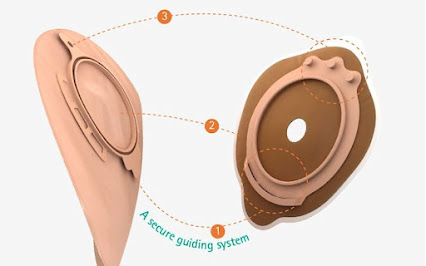When it comes to ostomy products and accessories, the belts used may be needed from time to time. Before you utilize one there are a few details to be aware of first including increasing security and improving adhesion. The way your stoma was created could affect the pouche´s ability to remain secure and cause leakage. There are a few hints that may lead you to the need for a belt besides leaks and these include shifting or lifting. Integrating an ostomy belt will be able to keep your pouch close to the abdomen in order to stop unsightly leaks. With both the belt and tension, they both may be able to get rid of fold in the skin, permit the stoma to drain more efficiently, and even put a stop to nasty seeping from happening. In order to provide proper care for yourself you need to put an end to any leakage and create a schedule to wear the pouch. With a belt, it could make your life easier.
Luckily, many ostomy patients do not need any belt to help with leaking or wear, just having enough security will be plenty.
If you are a sports player, sweat heavily, or enjoy hot baths, then you may benefit from a belt in order to obtain the needed support. This is especially true for times where there may be a compromise to the bag occurring. You may also feel comfort of wearing a belt as you sleep due to constantly changing positions and movement of the pouch.
Be aware that a belt may not be right for you and the type of ostomy pouch you use. If you need a belt, you may also become limited in what type you need. For you to attach a belt, it requires you to connect it to the tabs on both sides of the pouch. The pouch packaging may indicate whether your pouch is compatible with a belt. The tab locations may also differ between manufacturers.
Depending on your preference, you may find it easy to use tabs on pouches that are either closed and replaced at least once a day. There are also tabs on the flange, which could be added instead of your pouch. Remember, every manufacturer will be different. This means you need to ensure that the option you want is available for you.
Ostomy belts are made of elastic material that is stretchable, so eventually it may wearout from too much stretching. By taking care of the belt, it will last longer. So you will need to wash it by hand with soap and water and allow it to air dry. However, no matter how much care you take, the replacement of the belts will need to be done regularly in order to remain functional. If you have a latex allergy, then you can request latex-free belts from companies as well.
In order to ensure comfort, the belt is best when it is snug as you wear it. The belt sizes come in the normal s, m, l. In order to find out the size you need, you just attach one belt to a tab and draw it around the waist. Normal end of the belt is no more than 2 inches from the tab of the belt. After it is connected, a couple of fingers should slide easily underneath. If a belt is a tight fit, many skin irritations could develop such as an ulcer or other annoyance.
















